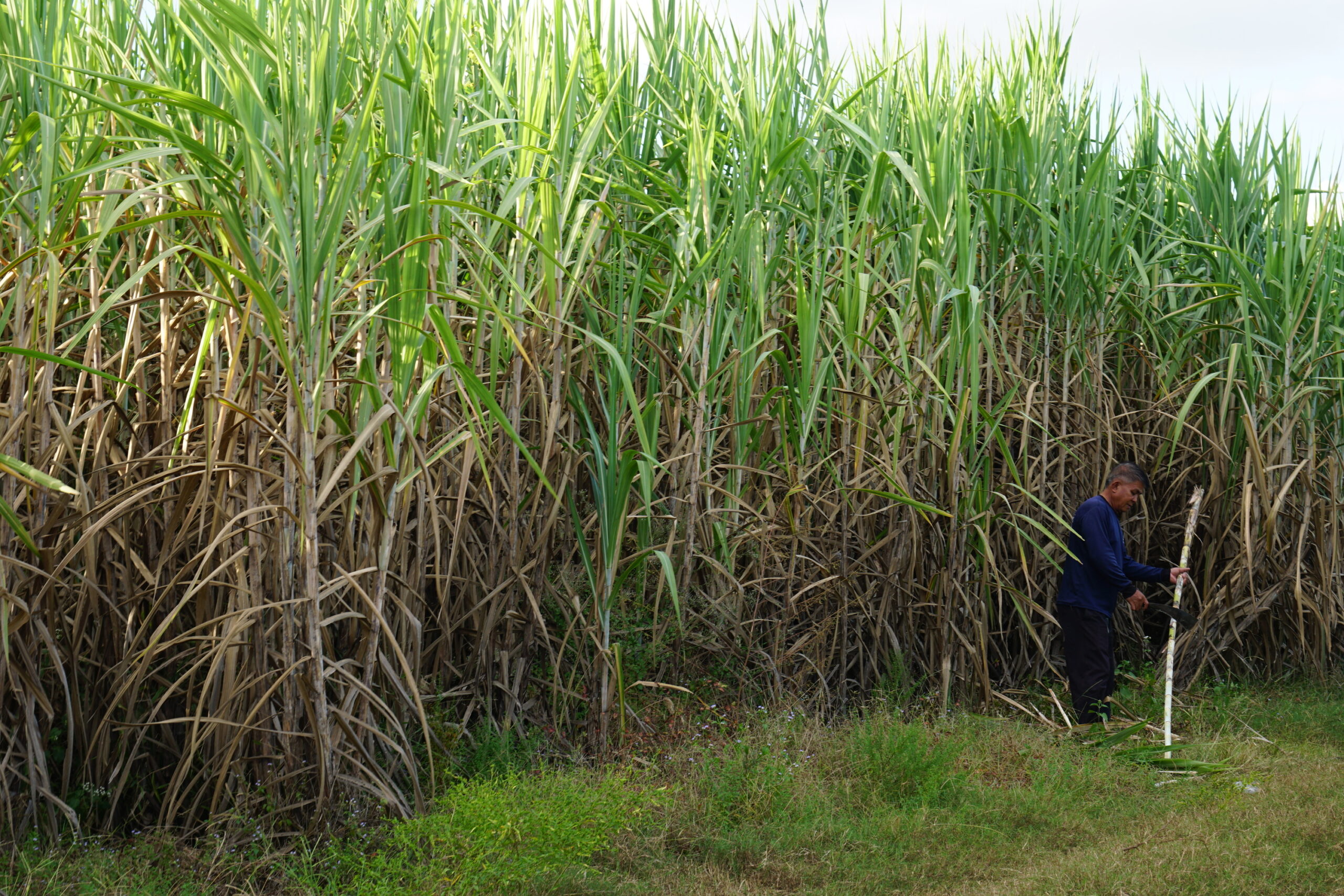A Closer Look at Sugar and Cane in the Global Food Industry
A Closer Look at Sugar and Cane in the Global Food Industry
Blog Article
Exactly How Walking Stick Sugar Processing Chemicals Improve Sugar High Quality and Yield
The role of handling chemicals in cane sugar production is crucial, as they directly affect both the top quality and return of the final product. The incorporation of triggered carbon and enzymes offers to maximize the malfunction of complicated sugars, ultimately leading to a purer and higher-quality sugar.
Summary of Cane Sugar Handling
Cane sugar handling involves a series of critical steps that change raw sugarcane into refined sugar items. The process begins with harvesting, where fully grown sugarcane stalks are reduced and carried to refining facilities. Upon arrival, the walking stick undertakes washing to eliminate contaminations such as soil and plant materials.
Complying with cleaning, the cane is crushed to draw out the juice, which has sucrose - sugar and cane. This juice undergoes information, where lime and warm are made use of to remove staying pollutants and non-sugar parts. The clarified juice is then evaporated to focus the sugar content, resulting in the development of thick syrup
Next, the syrup is crystallized through a controlled cooling process, resulting in sugar crystals. To achieve refined sugar, further filtration actions are used, consisting of cleaning, re-crystallization, and drying out.
The last product is either packaged as raw sugar or additionally processed into white sugar, accommodating various consumer and commercial demands. This thorough collection of actions makes certain the manufacturing of top notch sugar, crucial for numerous applications in food and beverage industries.
Key Handling Chemicals Made Use Of
The manufacturing of polished walking cane sugar relies upon various processing chemicals that play significant duties at various phases. Among the most vital are lime (calcium hydroxide), phosphoric acid, and sulfur dioxide. Lime is mainly utilized during the explanation phase to neutralize level of acidity and speed up impurities, resulting in a more clear juice. This action is vital for enhancing the overall top quality of the drawn out juice.
Phosphoric acid offers a dual function; it enhances the explanation process and assists in the removal of color-forming substances, contributing to a greater purity of the last product. Furthermore, sulfur dioxide functions as a whitening representative, enabling for the reliable removal of undesirable pigments and improving the shade of the sugar.
Other remarkable chemicals include turned on carbon, which is employed for additional decolorization, and enzymes that facilitate the malfunction of complex sugars into less complex types, hence improving return. The cautious option and application of these processing chemicals are vital for optimizing the effectiveness of sugar removal and refining procedures, ultimately bring about an extra regular and higher high quality sugar item.

Influence on Sugar Quality
How do processing chemicals affect the top quality of refined sugar? The introduction of various chemicals in the cane sugar processing phase substantially boosts the pureness and total top quality of the final product. Key agents, such as phosphoric acid and calcium hydroxide, help with the information process, efficiently eliminating pollutants and colorants that can negatively impact sugar's appearance and taste. By neutralizing unwanted components, these chemicals help achieve a higher degree of decolorization, resulting in a more aesthetically enticing and valuable product.
In addition, the usage of turned on carbon and ion-exchange materials during the refining process plays a crucial role in eliminating off-flavors and unwanted smells, contributing to the sugar's sensory profile. This improvement not only boosts the visual and organoleptic high qualities but also boosts the service life by reducing microbial activity related to contaminations.
On top of that, the precise application Continue of these chemicals makes certain that the sugar displays a consistent grain dimension and flowability, which are necessary characteristics for both commercial applications and customer preferences. On the whole, the tactical use handling chemicals is fundamental in attaining premium refined sugar that satisfies sector standards and customer assumptions.

Enhancing Return Efficiency
Enhancing yield effectiveness in walking cane sugar handling entails optimizing various stages of production to maximize the amount of sugar extracted from raw cane. One vital element is the choice and application of ideal handling chemicals, which can promote the failure of cell wall surfaces and boost sugar launch throughout removal. Chemicals such as acids and enzymes play an essential duty in this procedure by hydrolyzing polysaccharides and liquifying pollutants, consequently enhancing the general extraction efficiency.

Normal monitoring and modification of processing specifications are important to preserve performance throughout production (sugar and cane). By utilizing these approaches, sugar producers can not only raise the quantity of sugar acquired yet also minimize waste and reduced production costs, adding to a more rewarding and lasting sugar handling operation
Benefits for Customers and manufacturers
Walking cane sugar handling chemicals supply substantial benefits for both manufacturers and customers, producing a much more sustainable and efficient industry. For manufacturers, these chemicals boost removal procedures, i thought about this leading to greater returns and enhanced sugar quality.
The better high quality of sugar translates to far better taste and consistency in food items. Additionally, the use of handling chemicals can lead to a more steady supply of sugar, minimizing shortages and cost spikes that can take place due to environmental elements or market variations.
Conclusion

The role of handling chemicals in walking stick sugar manufacturing is crucial, as they straight influence both the top quality and return of the final item (sugar and cane). The consolidation of activated carbon and enzymes offers to enhance the breakdown of intricate sugars, ultimately leading to a purer and higher-quality sugar.Cane sugar handling includes a series of critical actions that change raw sugarcane right into polished sugar items.Enhancing yield efficiency in walking cane sugar handling involves optimizing numerous stages of manufacturing to take full advantage of the quantity of sugar drawn out from raw cane.Walking stick sugar processing chemicals play a crucial function in improving both sugar quality and yield
Report this page